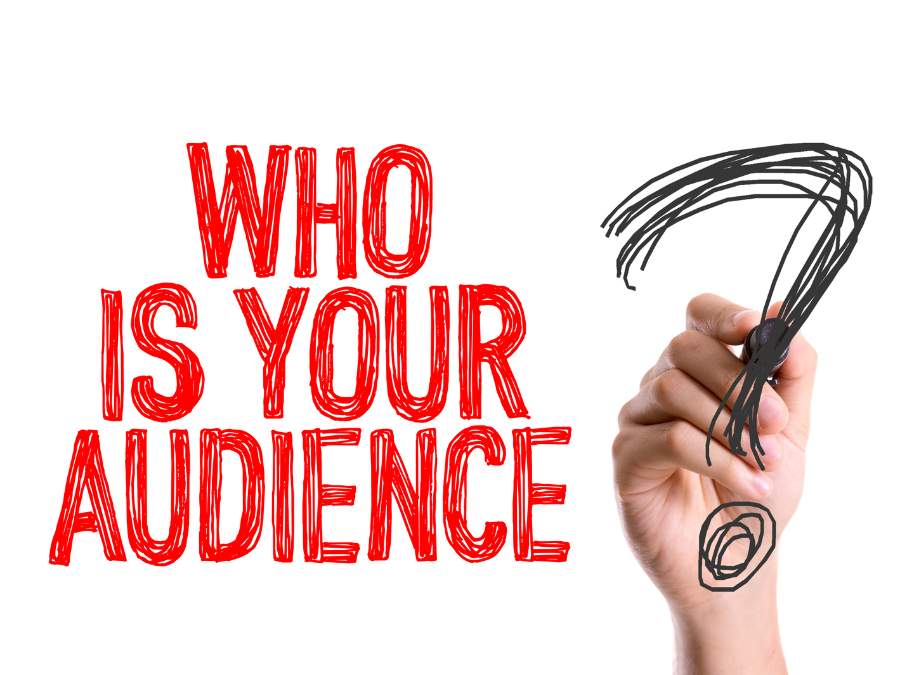When it comes to a social media post which one is best for reach and engagement? A like, a comment, a share or a retweet? Below we try and debunk the myths around social media posting and it is not just a matter of like, like, like as anyone can ‘like’ a post, can’t they?
Your digital marketeer should be all too familiar with the term ‘vanity metrics.’ This is where the metrics such as a like and a follow help the digital marketeer feel that their strategy is working but unfortunately it does very little to show the true picture.
Firstly let’s take a look at Facebook and the like, comment and share
Likes & Comments
We all know that we need our followers or fans to like or comment on a post but which is more beneficial? It’s too easy to like a post as it’s just a simple click whiulst to comment on a post atkes a bit more effort. Hence why the majority of social media posts have more likes than comments and boy, do the social media algorithms know this, hence why they give more weight to a comment and is why social media posts with comments rank higher in a news feed than a social media post with thousands of likes.
Comments & Shares
Just because comments are liquid gold compared to the simple like this doesn’t mean that they are the most valuable engagement on your social media page. More important than comments are shared posts, the pot of gold at the end of the social media manager’s rainbow. A share signifies that the users found your post interesting and important enough to share on their own page and feed.
To boost your shares, post content that relates to a trending topic and post at a time when many of your followers are online. Also, make sure that your post is visually appealing and, again, that it contains a description that explains what the content is about.
And let’s take a look at Twitter
Favourites & Retweets
Twitter just had to be different to other social media platforms — instead of likes and shares or an equivalent, there are favourites and there are retweets the Twitter versions of a like or a share. These are slightly different, as a retweet falls into two basic categories: manual and automatic.
Back in the early days of Twitter, the only way to retweet someone was to basically manually copy the tweet and username. Although this is few and far between now, it is still believe it or not used, such as when a user wants to change a tweet. The majority of the time, users automatically retweet, using the retweet button. This means the tweet stays linked to the original user.
A favourite, usually shows that a user liked a tweet, but it may also be that they want to bookmark the tweet. So it can have two meanings basically
But an automatic retweet is clearly the best of the three. It expands your reach on Twitter and shows appreciation for your tweet. The next best is a favourite, as it at least shows up on the original tweet. A manual retweet is the least helpful, as it has no connection to your tweet.
Gaining more retweets involves much the same as increasing shares. For instance, you should use images to make a tweet stand out. Other tactics you can try include posting some tweets that are headlines and others that are a description of your content, shortening links to free up more characters, and thinking carefully about wording. It is better to make the occasionally high-quality tweet than to tweet often, even when you have nothing to say. Plus, as Twitter is all about discussion real-time topics and focusing on what’s trending is highly important.
Author

Mac McCarthy has been involved in the digital marketing field for over 20 years, having worked with the Jeeves, Alta Vista and Yahoo search engines in the early 90s through to the modern current day Google and Bing platforms.
View all posts
A keen follower of search engine algorithm updates and trends, he works and advises on digital strategies for a variety on SME’s and more recently the World Wildlife Fund, the single largest animal welfare charity in the world.
Qualifications include Google Advanced Analytics, Google Ads, Google Search and the Google Partnership Program.












